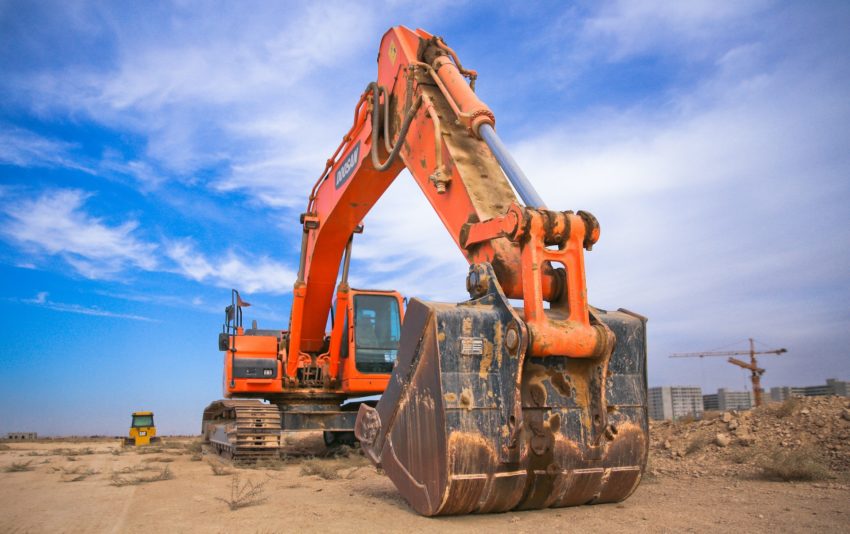
When is it time to replace the excavator motor on your machine? Even if you’ve been working with heavy machinery for years, it can still be difficult to decide when it is no longer safe or efficient to use a particular piece of equipment. Replacing an excavator motor is costly and takes up valuable time away from the job. However, knowing what signs to look out for can help you determine their moment of replacement before any serious damage occurs. A functioning excavator is essential to those working in construction and excavation, so understanding how and when these motors should be replaced is key to avoiding costly repairs and downtime. Here are six warning signs indicating an excavator motor needs replacing before further damage occurs.
1. Unusual Sounds or Smells
Any loud, strange noises coming from the excavator motor could signal trouble. Likewise, any unusual smells could indicate a problem with the motor that needs to be addressed. Other things to watch out for are cracks or leaks in the oil and fuel systems. These things could indicate the need for replacement as well. While these signs may not seem like a big deal, they are important as they can often lead to breakdowns.
2. Reduced Performance
If you notice that your excavator is not performing as it used to, this could mean that the motor is beginning to fail and should be replaced as soon as possible. This could be because the excavator has been used more frequently or because it has been working in a harder environment, but whatever the cause if your machine is not performing as it should, it’s time to replace the motor.
3. Overheating
An excavator motor can overheat due to the lack of maintenance or wear and tear on parts. If you detect an increase in temperature from the motor, it’s best to replace it before further damage is caused. This could be because the lubrication or air conditioning system is not working, or it could be because the bearings are beginning to wear and are no longer flinging debris away as efficiently. If you notice excessive heat building up around the motor, this is a sign that it needs to be replaced.
4. Leaks
Oil or coolant leaks can signify that the excavator motor is beginning to fail and needs to be replaced. Oil leakages could mean the seals are worn, so the oil is not kept inside the motor. On the other hand, coolant leakages can mean that internal parts of the motor have become damaged and are leaking out.
5. Vibrations
If you feel vibrations coming from the excavator motor, this could mean that it is losing efficiency and should be replaced soon. This can also be a sign of wear or damage to the machine. Continuous vibrations at a similar frequency could mean that something inside the motor is rubbing against something else.
6. Electrical Issues
If the motor is not getting enough power or is experiencing electrical issues, it could be a sign that it needs to be replaced before further damage occurs. For instance, if the excavator motor is not running at its usual speed, this could mean an issue with its power supply.
You can avoid costly repairs and downtime associated with an excavator motor failure by being aware of these warning signs and taking action as soon as possible. It is important to follow a regular maintenance routine to ensure you get the most out of your excavator motor. This should include checking for any signs of wear and tear on the motor and its components and replacing any worn or damaged parts as soon as possible. Additionally, always use high-quality lubricants to help prevent wear and tear when servicing the motor.